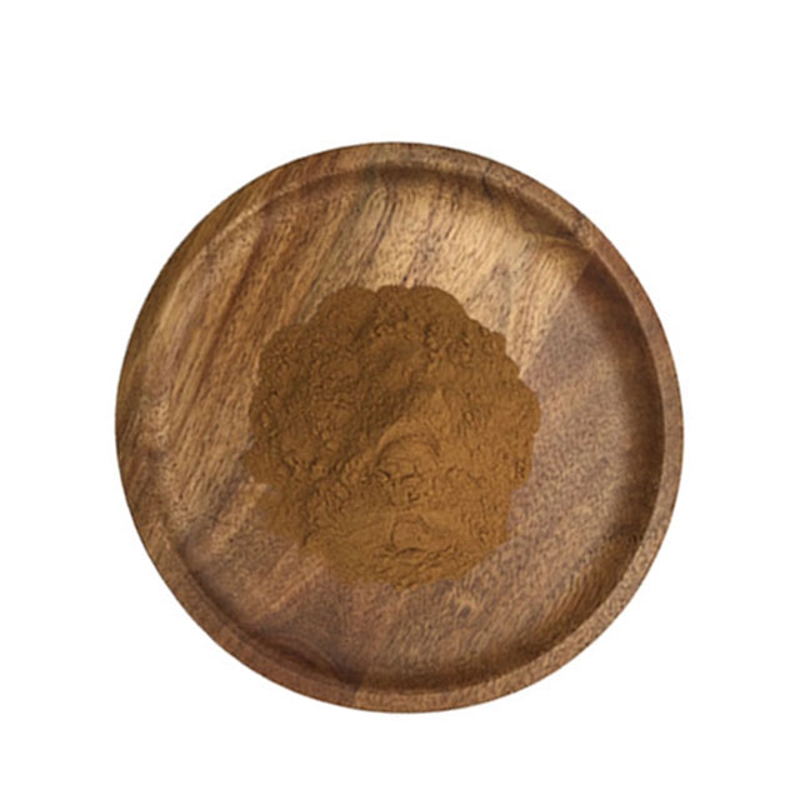-
Categories
-
Pharmaceutical Intermediates
-
Active Pharmaceutical Ingredients
-
Food Additives
- Industrial Coatings
- Agrochemicals
- Dyes and Pigments
- Surfactant
- Flavors and Fragrances
- Chemical Reagents
- Catalyst and Auxiliary
- Natural Products
- Inorganic Chemistry
-
Organic Chemistry
-
Biochemical Engineering
- Analytical Chemistry
- Cosmetic Ingredient
-
Pharmaceutical Intermediates
Promotion
ECHEMI Mall
Wholesale
Weekly Price
Exhibition
News
-
Trade Service
Introduction Helicobacter pylori (Hp) is a microaerophilic gram-negative bacterium that is a major causative factor for chronic gastritis, peptic ulcer and gastric cancer, and its infection rate varies with populations and geographic regions
.
In the past few decades, the infection rate of H.
pylori has not been fully confirmed nationwide in China.
Therefore, Ren et al.
conducted a systematic review and meta-analysis to evaluate the H.
pylori infection situation in China
.
Methods: The researchers systematically reviewed the literatures reporting H.
pylori infection rates in mainland China from 1990 to 2019 in PubMed and CNKI databases
.
Meta-analyses of eligible studies were performed using random-effects models to estimate the prevalence of H.
pylori infection
.
RESULTS: A total of 412 eligible studies were included, including 1,377,349 participants
.
1.
H.
pylori infection rate in various regions of mainland China Overall, the H.
pylori infection rate in mainland China is 44.
2% (95% CI, 43.
0-45.
5%), and an estimated 589 million people are infected with H.
pylori
.
Tibet had the highest infection rate (66.
4%; 95%CI, 19.
3-94.
3%), followed by Guizhou (60.
5%; 95%CI, 54.
7-66.
0%), Gansu (57.
2%; 95%CI, 51.
2-63.
0%) , Shandong (53.
7%; 95%CI, 44.
4-62.
7%), Hebei (52.
4%; 95%CI, 46.
3-58.
5%)
.
In contrast, Chongqing (35.
4%; 95%CI, 30.
1-41.
0%), Qinghai (35.
8%; 95%CI, 30.
1-41.
9%), Tianjin (36.
3%; 95%CI, 28.
6-44.
7%), Hunan (37.
0 %; 95% CI, 31.
7-42.
8%), Jilin (37.
6%; 95% CI, 25.
4-51.
6%) was one of the regions with the lowest infection rates
.
Table 1 H.
pylori infection rates in various regions of mainland China The researchers also evaluated the H.
pylori infection rates in seven geographic regions of China, and found that the northwest region (51.
8%; 95%CI, 47.
5-56.
1%), the east China region (47.
7%; 95%CI) , 45.
4-50.
0%) and Southwest China (46.
6%; 95% CI, 42.
1-51.
1%) had relatively higher Hp infection rates
.
2.
The change of Hp infection rate in China over time further divided the data into 6 time periods: 1983-1994, 1995-1999, 2000-2004, 2005-2009, 2010-2014 and 2015-2019.
showed that the Hp infection rate decreased significantly from 58.
3% (95% CI, 50.
7-65.
5%) in 1983-1994 to 40.
0% (95% CI, 38.
2-41.
8%) in 2015-2019 (Figure 1)
.
Figure 1 Time trend of Hp infection rate in China 3.
Hp infection rate in Chinese population In general, the Hp infection rate increased with age (P<0.
001, Figure 2)
.
Adults (46.
1%; 95%CI, 44.
5-47.
6%) had higher prevalence of Hp infection than children and adolescents (28.
0%; 95%CI, 23.
9-32.
5%)
.
Figure 2 The age change trend of Hp infection rate in China In terms of gender, the Hp infection rate of males was 44.
9% (95%CI, 43.
6-46.
2%), while the Hp infection rate of females was relatively low, 42.
0% (95%CI) , 40.
5-43.
5%)
.
Similar gender differences were observed in children, adolescents, and adults
.
Conclusions Although the burden of H.
pylori infection in China is still huge, the infection rate has been declining over the past few decades
.
Given the high burden of H.
pylori infection and the occurrence of gastric cancer, further efforts may be required to screen and eradicate H.
pylori infection in high-risk areas or populations, which may ultimately reduce gastric cancer morbidity and mortality in China
.
References: Ren S, Cai P, Liu Y, et al.
Prevalence of Helicobacter pylori infection in China: A systematic review and meta-analysis[J].
J Gastroenterol Hepatol.
2021 Dec 3.
doi: 10.
1111/jgh.
15751.







